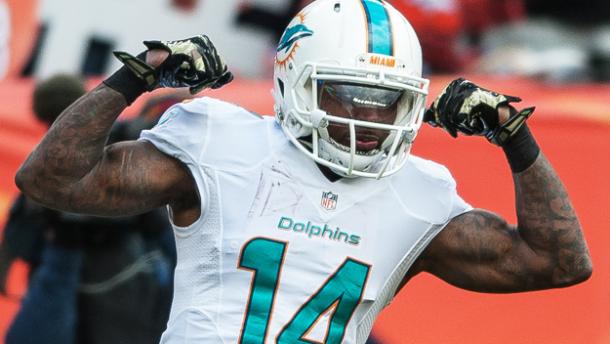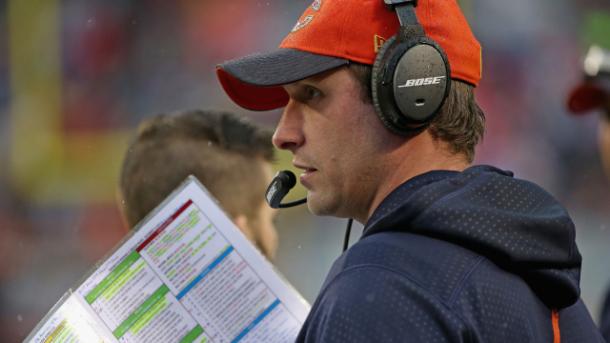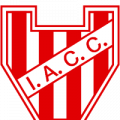There are few things that will test the fortitude of a fanbase more than stagnation. Since 2009, the Miami Dolphins have vacillated between six and eight wins without fail. Since the retirement of Dan Marino after the 1999-2000 season, the team has been caught in a perpetual limbo of mediocrity.
In the time since Marino’s - and subsequently, Jimmy Johnson’s - retirement, the Dolphins have only been the playoffs three times and have sunk as far as going 1-15 during the 2007 season. The 2016 iteration of the Dolphins sit somewhere in between the optimism of the Marino era and the doldrums of the last decade and a half.
Why They Will
For any teams looking to break the trend of playoff absence, the solutions tend begin and end with the quarterback. In a way, four-year signal caller, Ryan Tannehill, is a microcosm of everything the contemporary Dolphins have been. He’s very slightly above average, and certainly good enough to not immediately want to replace. Over the last three seasons, Tannehill’s statistics have stayed virtually the same with variances which can be attributed with the “margin of error” (it is election season, after all).

A logical conclusion on Tannehill at this point would be he is what he is, but he could significantly look better as the team improves around him. In 2016, the Dolphins receiver corps will look markedly better than in any other year since the turn of the century.

With 194 catches, no player has had more snags in their first two seasons than Jarvis Landry, but biggest potential contributor this season may come from second year player DeVante Parker; whose late season surge saw him averaging nearly 90 yards per game in a five game span. Additionally, deep threat Kenny Stills, tight end Jordan Cameron, and third round steal, Leonte Carroo, round out one of the league’s most talented receiving corps.
Recent history has frowned on the performance of the Dolphins’ offensive line. Despite Mike Pouncey remaining a strong nucleus for the team, Pro Football Focus ranked the Dolphins’ line 30th among all NFL teams in 2015. Help came through the draft, where a merciless pre-draft video allowed the draft day tumble of former Ole Miss offensive tackle, Laremy Tunsil, to the Dolphins at 11th overall in the first round.
On the defensive end, the Dolphins posses elite talent held back by the lowest denominators. Despite less than stellar team results, Ndamukong Suh played at a high level in 2015 and remains one of the league's most dominant and disrupting defensive presences. On the back end, Reshad Jones ended last season as arguably the league’s best safety, despite not being named to the Pro Bowl.
The team is strongly aware of the defensive deficiencies of 2015. An aggressive talent acquisition approach in the offseason landed the team with a couple Philadelphia Eagles castoffs; cornerback Byron Maxwell and linebacker Kiko Alonso. Despite not living up to the high pricetag the Eagles paid for them a year ago, Maxwell and Alonso immediately step in as leaders in their position group in Miami.
Why They Won’t
As the 2015-16 Super Bowl champion Denver Browns taught the league, an unremarkable offense can win against the backdrop of an exception defense. Thus far, the Dolphins have one part (the wrong part) of this equation.
As milquetoast as Ryan Tannehill has proven to be, the Joe Philbin/Dan Campbell-bred offense lacked any creativity to supplement the limitations of their quarterback. Despite having what could be liberally be described as a “dynamic” backfield led by now Houston Texan, Lamar Miller, the Dolphins finished with a league-worst 21.5 rush attempts per game.

Enter former Chicago Bears offensive coordinator Adam Gase, and the outlook does seem brighter - or at least more balanced. Understanding the limitations of his former quarterback, Jay Cutler, Gase averaged the sixth most run calls per game at 29.2 for the Bears in 2015.
Instead of leaning on the dynamic talents of Lamar Miller, the duo of Jay Ajayi and recently acquired Arian Foster lead a backfield with question marks regarding experience for the former and health for the latter. The team also drafted Kenyan Drake from Alabama, who - apart from playing a receiving role - likely won’t make a big impact in year one.
Defensively, the secondary isn’t in a better place than it was a season ago despite the addition of Maxwell. The departure of Brent Grimes leaves a vacuum of experience. Rookie Xavien Howard will join second year players Bobby McCain and Tony Lippett as potential starters across from Maxwell and in the slot.
2014’s big fish signing of Ndamukong Suh payed marginal dividends despite playing at his normal high level. The Dolphins tied for fourth worst in yards per game (126.2) and tied for 25th with two other teams in total sacks (31). To make matters worse, the Dolphins lost two of their best pass rushers from a season ago in Olivier Vernon and Derrick Shelby and in their place added an aging Mario Williams. The Dolphins will need to hope for a timely resurgence between defensive ends Williams and Cameron Wake, who combined for only 12 (albeit on different teams) sacks in 2015.
Final Tally
The 2016 Miami Dolphins’ success will be pegged to the success of their divisional and conference foes. In the AFC East, the Dolphins will enjoy an unfamiliar head start. The upholding of Tom Brady’s four games suspension and the impasse between Ryan Fitzpatrick and the New York Jets offers an opening within the division. If the Dolphins can remain healthy heading out of training camp, they may have a leg up if they can capitalize on early season victories.
The Dolphins will face the league’s 11th most difficult schedule (based on last season's records) and will play inter-divisional/conference foes in the AFC and NFC North. Ultimately, a playoff berth will come down to how the offense improves under the supervision of Adam Gase and if the defense can make even slight improvements against both the run and pass. The former isn’t out of the question given the breadth of talent at receiver and the likely improved run/pass ratios. Defensively, the task is tougher with a defensive line built on reclamation projects at defensive end and a secondary counting on quick learners at cornerback.
Barring breakout a breakout season by Ryan Tannehill, it’s hard to see the Dolphins with a good shot at the playoffs this year. The team has doubled down on mediocrity by prioritizing players declining former stars and not aggressively addressing their needs via the draft. Even with a relatively favorable hand within the division, the Dolphins lack the firepower to stretch their luck into late fall.
Projected Record: 6-10, miss playoffs









































